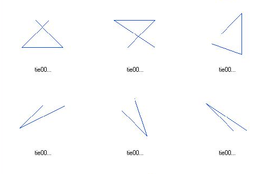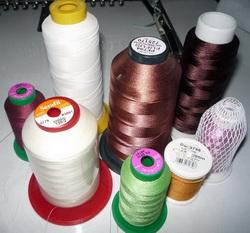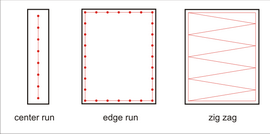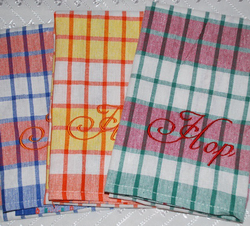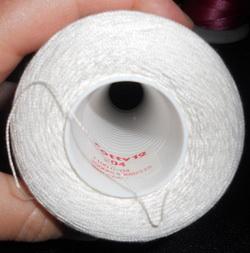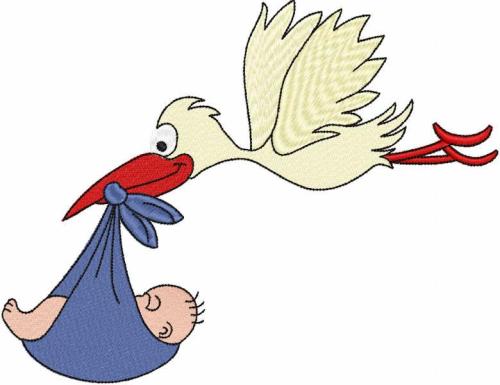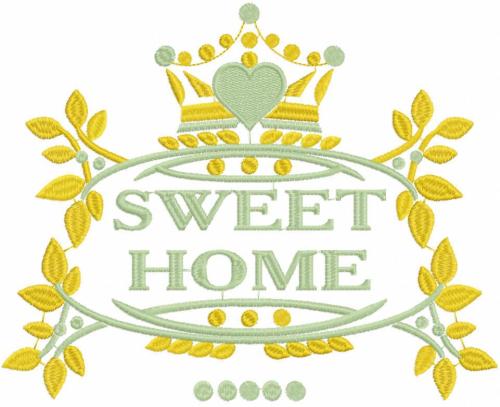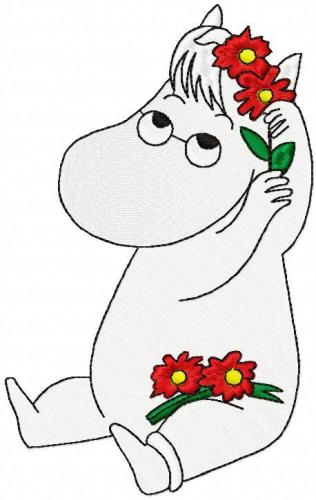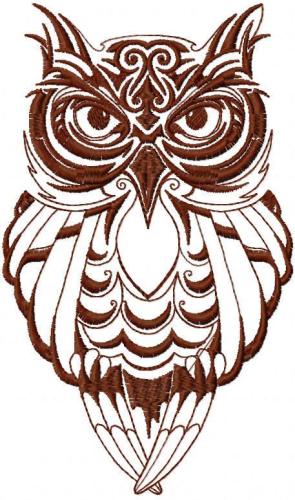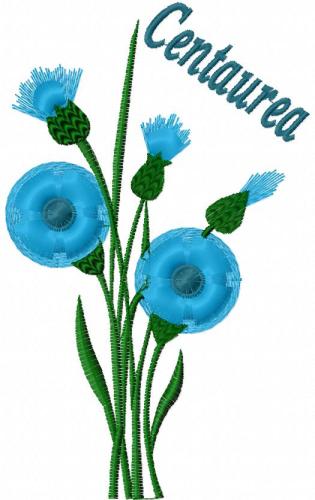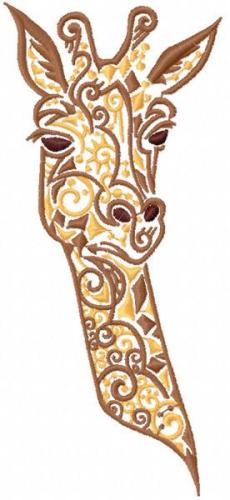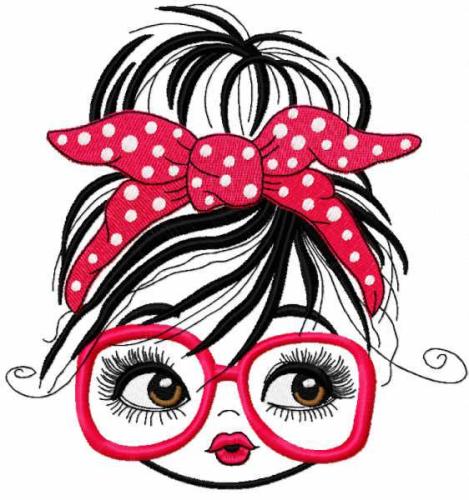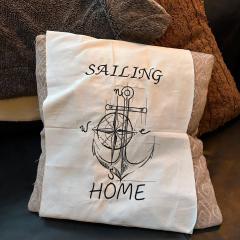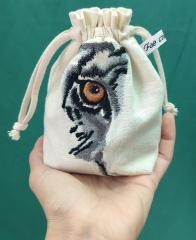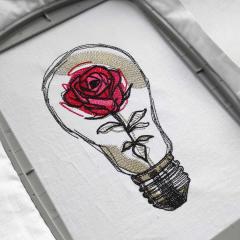Quality benchmarks. Tie-offs
By
Irina, in Machine embroidery materials and technology, , 0 comments, 4,216 views
Tie-offs are a secondary property of the object. But they are important nonetheless.
Tie-offs are made of several short stitches (usually 1—1.5 mm, and never over 2 mm) that prevent the embroidery from loosing up.
Reasons for inserting a tie-off:
In the beginning of the embroidery In the end of the embroidery Before trimming Before/after a jump Before/after thread color change It is better not to use tie-off without a reason, for they may lead to "bird nesting" on the wrong side of the embroidery.
Ways of inserting a tie-off:
Manually Automatically Manually inserted tie-offs
Only a small number of digitizers insert their tie-offs by hand. Usually, they are pretty much satisfied with what the software could offer.
Manual tie-offs are used often in cases when an automatic tie-off at the end of the object becomes too apparent to the eye or distorts the outline. Small letters with narrow outlines, for example. In this case a tie-off is digitized manually in such a way that it becomes lost between stitches.
Types of automatically inserted tie-offs
There are different types of automatically inserted tie-offs. A line and a butterfly are considered the most common. There are several ways of inserting them.
Often the embroidery software offers a whole row of options, out of which you can choose the one you need. For example, in the Stitch Era Universal you can choose a tie-off out of 5 suggested ones:
In Tajima DGML by Pulse 12 there are only 2 types of tie-offs. And Compucon has 12!
Additionally, some embroidery editors it is possible to modify the chosen variant. Usually, you can change the stitch length and the number of stitches.

